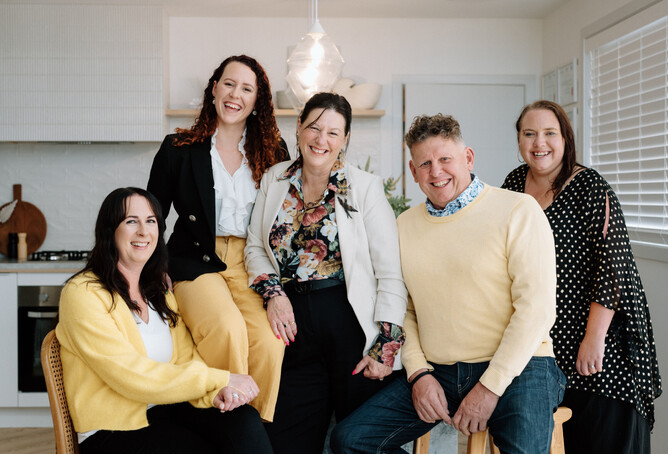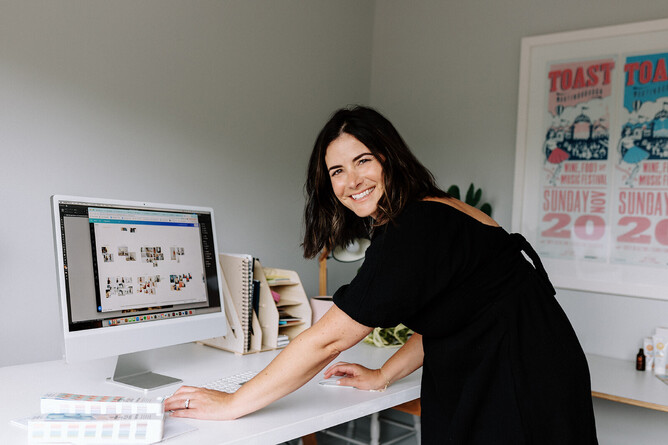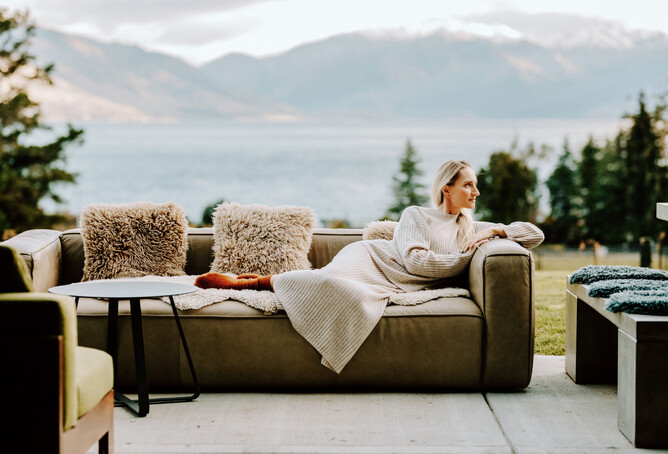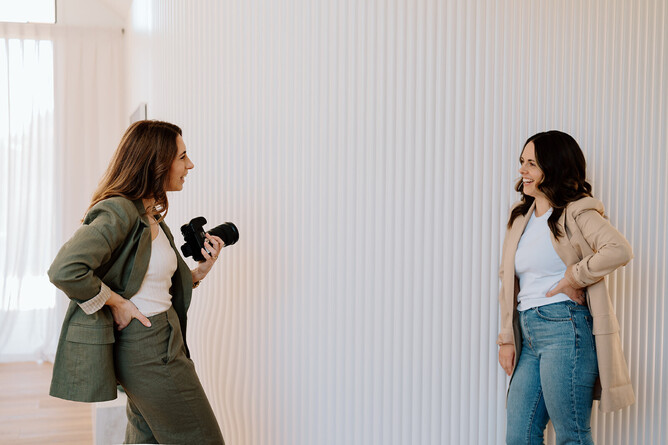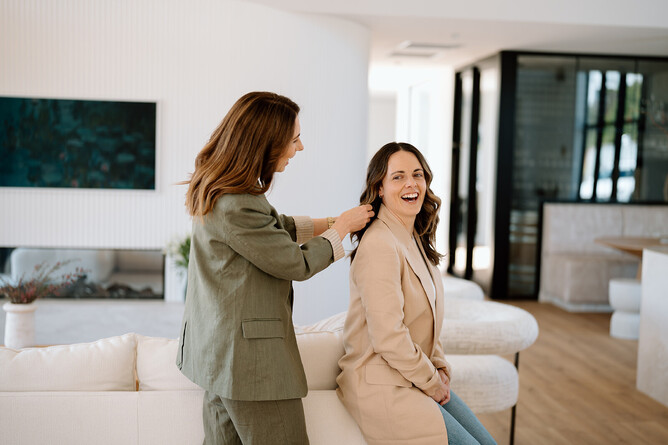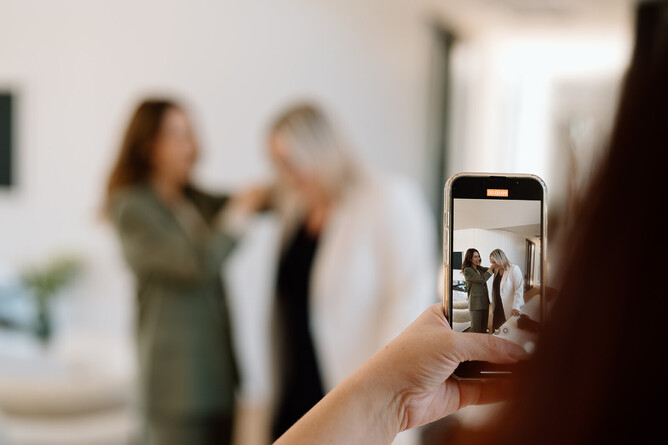Ruth Gilmour is a commercial photographer who helps businesses look their best online. In this guide, she shares expert tips on capturing great images—whether you’re shooting people or products for your website.
Real faces, real trust: Why people photography matters
Your website isn’t just about what you do—it’s about who you are. People connect with people. A smiling stock photo might look polished, but it won’t feel personal. Real photos of you and your team build trust, credibility, and connection. A pro photographer has the gear and the experience to help get the best results, but if you’re going the DIY route, here’s how to capture your people in the best light.
Light it right: The secret to looking good on camera
Ever taken a photo where someone looks like a ghost? Or half their face is in shadow? That’s all down to lighting.
Indoors:
Good natural light is your best friend. Position people near a window so they are looking into it, but not in direct sunlight.
Harsh overhead lights can cast weird shadows—switch them off if possible.
Use a white sheet or piece of paper to bounce light and soften shadows on faces.
Outdoors:
The best time for flattering light is early morning or late afternoon, as close to sunrise or sunset as you can get!
Sunlight will give harsh shadows, so if it’s a bright day, use open shade (like under a tree or next to a building) to provide flattering lighting. Check the light on your subject is even, avoid dappled light where there are dark shadows and bright highlights hitting the face, move to a space with even light.
Make sure your subject is looking into the light, not into shadow.
Artificial light:
If you’re shooting inside with no natural light, use soft, diffused lighting (a ring light works great).
Avoid using different types of light in the same shot—mixing yellowish indoor lights with daylight can make skin tones look odd. Get those artificial overhead lights switched off!
Frame it up: How to make your photos look pro
Your composition—the way you frame and position people in a photo—makes a massive difference.
Keep backgrounds clean so the focus stays on the person. My rule is ‘head in a clean space’.
Use portrait mode if you’re using a phone to blur the background and make your subject stand out.
Use the rule of thirds—imagine your screen divided into a 3x3 grid and position your subject at one of the points where the lines intersect, rather than in the center. This creates a more balanced and visually interesting composition. That said, if you are photographing in an environment with strong symmetry use it with intention placing your subject in the centre to create a strong, striking image.
Get rid of distractions—watch out for background distractions “growing” out of someone’s head. Move yourself or your subject if you need to adjust.
Help people relax: No more awkward poses
Not everyone loves being in front of the camera, so making people feel comfortable is half the battle.
Keep the conversation going—People feel most self conscious that they are being photographed while in silence. Ask them a question, or tell a joke to get a natural smile. Wait for the right moment, and snap in between the conversation or while you are talking!
Encourage small movements—walking, turning slightly, or using a relevant prop can help people feel less stiff, and look more natural.
Direct body language—small tweaks like dropping a shoulder or tilting the chin can make a huge difference. Often people tend to lean away from the camera, so make sure they stand up straight or even lean slightly towards the camera from the core.
Watch the hands—Hands can make or break a photo! Make sure hands are relaxed and not tense or awkward. Give them something to do, such as hands in pockets.
Keep an eye on hair—tidy hair makes the photo look much more polished. Ask the person you are photographing to check this is how they like to wear their hair, and dont be afraid to fix it if needed!
For team photos, avoid the awkward “school photo” look by varying heights, using stools, or leaning on furniture for a more natural vibe.
Quick phone photography hacks
Use a self-timer if you need to be in the shot, three seconds is a great option.
Take burst photos to capture natural expressions, then select the best one.
Tap on the face in your phone’s camera app to set focus and exposure.
Use a tripod for stability and consistency, especially if you’re taking your own headshots.
Make it real, make it yours
Your website is your digital handshake—make sure people see the real you. DIY photos can look just as good as professional ones with the right approach. And if you ever need expert help, working with a pro photographer is worth every dollar. Give it a go and show the world the people behind your business!
About the author
Ruth Gilmour is a commercial photographer who specialises in helping businesses create powerful imagery for their brand. Whether she’s working with brands to refine their visual identity or coaching teams on DIY photography, her goal is simple: to make sure every business has photos that inspire trust, connection, and professionalism. You can see more of her work at Ruth Gilmour Photography.
